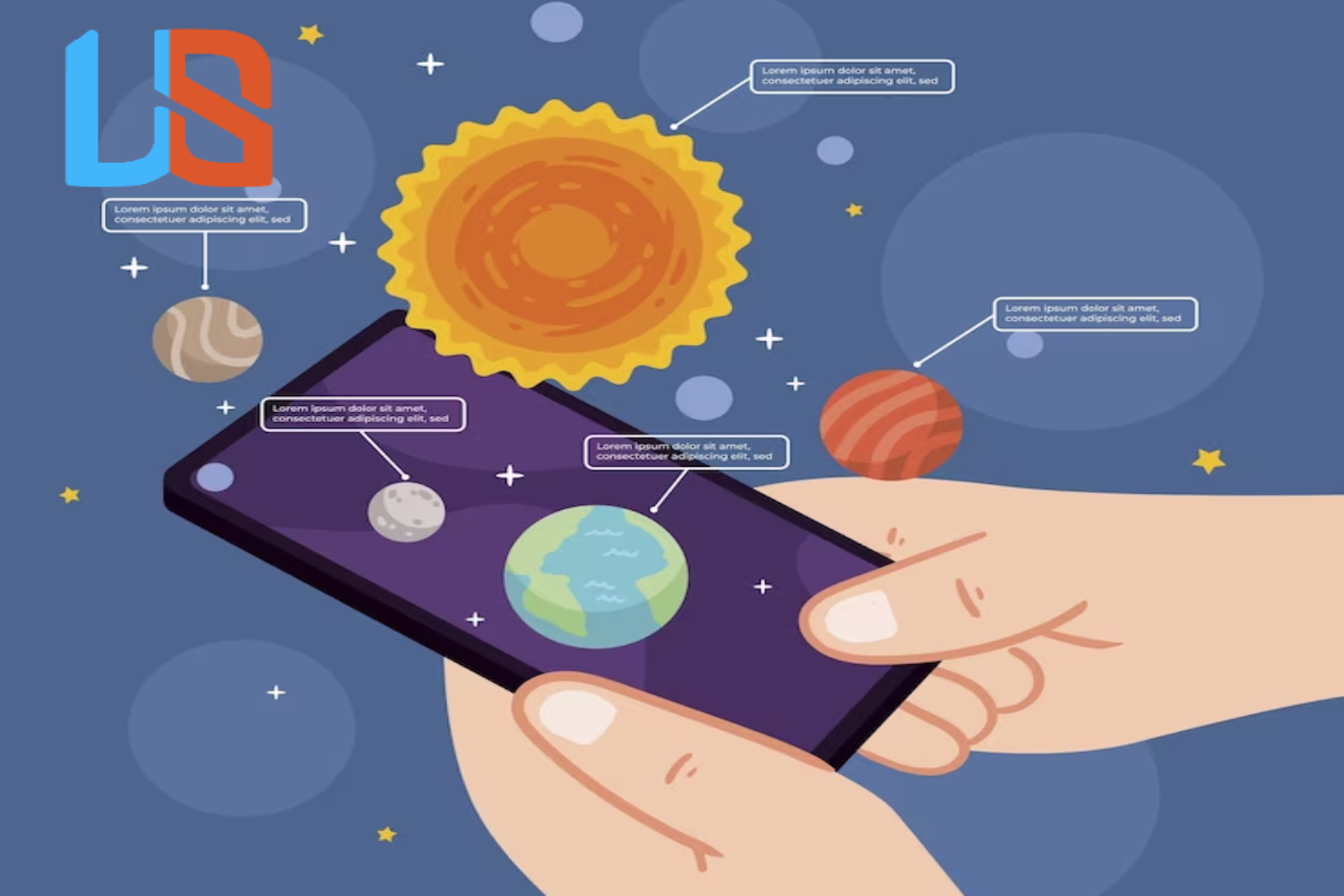
Introduction
In the digital age, weather forecasting and meteorology applications have become vital tools for people to access real-time weather information, forecasts, and meteorological data. Web development plays a crucial role in creating user-friendly and visually appealing weather applications that deliver accurate and up-to-date weather information. In this article, we will explore the key components and considerations for developing weather forecasting and meteorology applications on the web.
1. Real-Time Data Integration
a. API Integration
Integrate weather APIs (Application Programming Interfaces) to fetch real-time weather data from reliable sources. Popular weather APIs include OpenWeatherMap, Weatherbit, and The Weather Channel API.
b. Data Format and Units
Ensure proper handling of data formats and units to present weather information in a user-friendly and standardized manner.
2. Weather Data Visualization
a. Interactive Maps
Implement interactive maps to display weather conditions, temperature, and precipitation data in a geospatial context.
b. Charts and Graphs
Use charts and graphs to visualize historical weather trends, temperature fluctuations, and other meteorological data.
3. Location-Based Services
a. Geolocation
Incorporate geolocation to automatically detect a user’s location and provide localized weather information.
b. Location Search
Allow users to search for weather data in specific locations of interest.
4. Weather Forecasts
a. Current Weather
Display real-time weather conditions, including temperature, humidity, wind speed, and atmospheric pressure.
b. Hourly and Daily Forecasts
Provide hourly and daily weather forecasts to inform users about expected weather changes.
c. Extended Forecasts
Offer extended forecasts for multiple days, allowing users to plan ahead.
5. Weather Alerts and Notifications
a. Severe Weather Alerts
Implement alerts and notifications for severe weather conditions such as storms, hurricanes, and heatwaves.
b. Push Notifications
Allow users to subscribe to push notifications to receive timely weather updates.
6. Responsive Design
Ensure the weather application is responsive and mobile-friendly, allowing users to access weather information on various devices.
7. Performance Optimization
a. Caching
Implement caching mechanisms to reduce API calls and improve application performance.
b. Lazy Loading
Lazy load images and content to enhance page loading speed, especially for data-intensive weather applications.
8. Accessibility
Adhere to accessibility standards to make the weather application inclusive for users with disabilities.
9. User Interface (UI) and User Experience (UX)
a. Clean and Intuitive Design
Create a user-friendly interface with clear navigation and intuitive interactions.
b. Weather Icons and Graphics
Use weather icons and graphics to visually represent weather conditions for easy comprehension.
10. Security and Privacy
a. Secure Data Transmission
Ensure that weather data is transmitted securely over HTTPS to protect user privacy.
b. Data Storage
Handle user data and location information with privacy and security considerations in mind.
Conclusion
Web development for weather forecasting and meteorology applications brings weather information to users in an accessible and interactive manner. By integrating real-time weather data, visualizing meteorological information, and focusing on user experience, developers can create robust weather applications that cater to users’ needs. With accurate weather forecasts and up-to-date meteorological data, these applications become indispensable tools for users to stay informed about weather conditions and plan their daily activities effectively.





